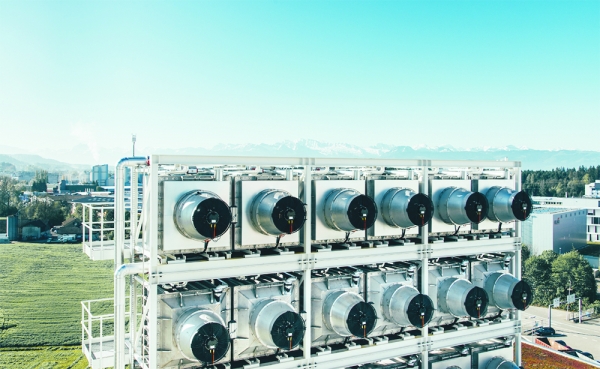
A number of technologies to combat climate change are actively under research. Among them are radical ideas to alter the behavior of the global climate system or to remove carbon dioxide straight from the atmosphere. To meet the goals set by The Paris Agreement, cutting down emissions alone is no longer sufficient, although it would have been a couple of decades earlier. The global emission rate is still on the rising curve, especially for countries that are just emerging out of poverty. To meet the 2-degree goal solely by cutting down emissions would require profound transformations in nearly all aspects of global industry, economy, and energy production schemes. Consequently, enforcing nations to cut down emissions equally is most likely not viable nor fair, as Higher Income Countries undoubtedly have more cumulative contributions to Greenhouse Gas (GHG) emissions.
Although achieving a net-zero emission is ultimately an imperative goal, Carbon Dioxide Removal (CDR) allows for a gentler transition whilst still keeping The Paris Agreement in mind. The idea behind CDR is to selectively remove carbon dioxide directly from the atmosphere. One of the most straightforward ways of CDR is planting a large number of trees – a process known as afforestation – which also comes with other positive impacts on preventing desertification and supporting biodiversity, although at the cost of land congestion and scalability issues. A direct capture method, on the other hand, uses chemical processes or highly selective filters with air-intake modules to exclusively extract CO2 directly from air at a large scale. A study done by the Intergovernmental Panel on Climate Change (IPCC) mandates 3.8 billion metric tons of carbon dioxide removal every year in order to meet the 1.5-degree goal by 2050; however, 2 million metric tons a year is the most the current technology can remove so far.
Despite the underwhelming performance, CDR advocates argue a drastic improvement in the technology over the coming years as has been the case for photovoltaic cells in the early 2000s. There is also a fair amount of skepticism towards CDR and other geoengineering technologies alike as it might “engender a false sense of security,” providing motivations to not cut down on emissions as much as what is necessary. To quote Friederike Otto, a lead author of the IPCC, “We should act as if CDR will never be achievable. We do not have a technology at the moment that works at scale … so we should make our policies as if CDR is not an option.”


